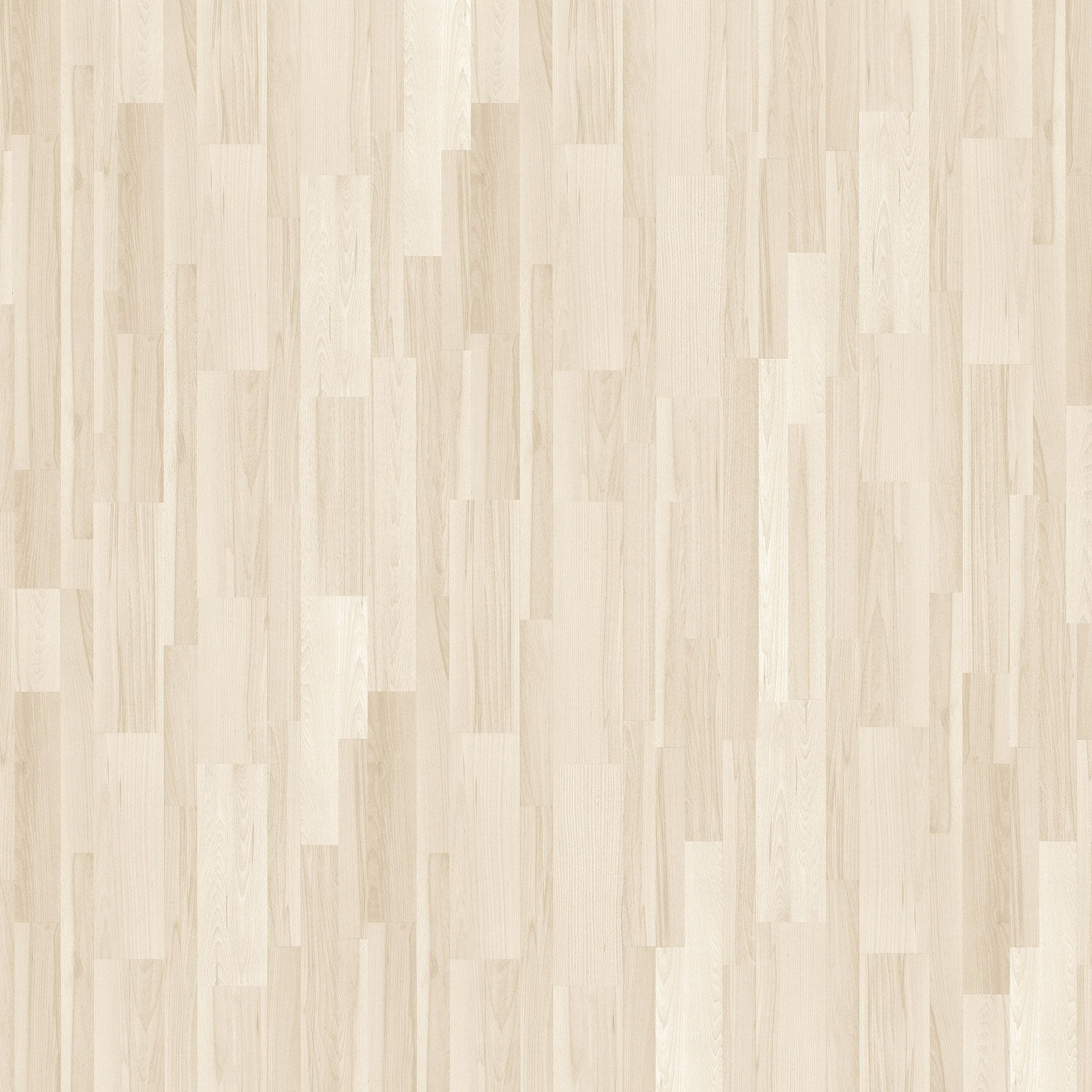Light wood flooring continues to be a popular choice for homeowners in 2024, adding a touch of brightness and spaciousness to any room. This comprehensive guide explores the latest trends, different wood types, and design inspiration to help you choose the perfect light wood flooring for your home.
Unveiling the Allure of Light Wood Floors
Light wood flooring brightens rooms, creating an airy and welcoming feel. Its versatility allows it to complement various design styles, potentially increasing home value. This timeless flooring option offers several benefits:
- Enhanced Brightness and Space: Light wood floors reflect natural light, making rooms feel larger and brighter, particularly beneficial for smaller spaces or rooms with limited natural light.
- Serene Atmosphere: Lighter tones promote a relaxed and peaceful ambiance, ideal for bedrooms, living rooms, or any area intended for relaxation.
- Design Flexibility: Whether your style is modern farmhouse, minimalist, or something in between, light wood flooring complements a wide range of aesthetics.
- Increased Home Value: Hardwood floors, especially in lighter shades, are often seen as a desirable feature by homebuyers, potentially boosting your property’s value.
Navigating Light Wood Flooring Options
Choosing the right light wood flooring can feel daunting. This section simplifies the process by outlining the main types available:
- Solid Hardwood: Crafted from a single piece of wood, solid hardwood is exceptionally durable and can be refinished multiple times, lasting for decades. While it’s the most expensive option, it’s susceptible to moisture damage, making it less suitable for kitchens or bathrooms.
- Engineered Hardwood: A more budget-friendly alternative to solid hardwood, engineered wood consists of layers of wood with a hardwood veneer. It offers greater stability and slightly better moisture resistance than solid hardwood, but refinishing options are limited.
- Laminate: An affordable and easy-to-install option, laminate uses a composite material with a photographic layer that mimics the look of wood. While not as durable as hardwood, modern laminate flooring provides a realistic appearance and easy maintenance. Consider our light wood cabinets for a cohesive kitchen design.
- Luxury Vinyl Plank (LVP): Known for its durability, water resistance, and affordability, LVP comprises multiple layers of vinyl designed to replicate the look of hardwood. It’s an excellent choice for high-traffic areas or homes with pets and children.
Selecting the Ideal Shade: Species and Finishes
After choosing the flooring type, consider the wood species and finish. Each species boasts unique grain patterns and color variations. Popular light wood options include:
- Oak: A classic and durable choice in both white and red varieties. White Oak, in particular, is trending for its contemporary feel.
- Maple: Known for its smooth, uniform grain and light color, maple is often considered the lightest readily available hardwood.
- Ash: With its straight grain and pale hues, ash offers a slightly more contemporary look.
- Hickory: A strong, characterful wood with distinctive grain patterns.
- Pine: A softer, more budget-friendly option with a warm, rustic feel.
The finish contributes significantly to the floor’s overall appearance:
- Matte: A low-sheen finish provides a natural, understated look. This finish might make the wood appear slightly darker.
- Satin: This finish offers a subtle sheen, enhancing the wood grain and adding warmth.
- Gloss: A high-shine finish reflects light, creating a more dramatic look, potentially brightening the space further.
Trendsetting Styles and Design Inspiration
Light wood floors adapt to a variety of design aesthetics:
- Modern Farmhouse: Wider planks with natural knots and imperfections create a relaxed and lived-in feel.
- Scandinavian: Light wood floors complement the minimalist aesthetic, emphasizing natural materials and airy spaces.
- Minimalist: Clean lines and neutral colors are key to this style, with light wood floors providing a perfect foundation.
- Mid-Century Modern: Light wood floors enhance the spaciousness and light associated with this retro-inspired style, featuring warm wood tones and geometric patterns. For a touch of classic charm, consider incorporating library ladders.
Installation, Maintenance, and Budget
Installation varies depending on the flooring type. Laminate and vinyl are often DIY-friendly, while solid hardwood typically requires professional installation. Proper subfloor preparation is essential for all types.
Regular sweeping or vacuuming, along with occasional damp mopping, maintains the floors’ appearance. Furniture pads and area rugs protect against scratches and dents, extending their lifespan.
The cost depends on the wood type, finish, and installation method. Solid hardwood is generally the most expensive, followed by engineered wood, while laminate and vinyl offer more budget-friendly options.
Making the Right Choice: Key Considerations
Choosing the right light wood flooring involves evaluating your lifestyle, budget, and design preferences:
- Foot Traffic: Consider the level of wear and tear the floors will endure.
- Moisture Levels: Opt for moisture-resistant options in kitchens and bathrooms.
- Existing Decor: Ensure the flooring complements your furniture and current style.
- Room Size and Lighting: Light floors can make small rooms feel larger, while darker rooms benefit from lighter shades.
By weighing these factors, you can select the perfect light wood flooring to transform your home.
What is the Lightest Wood for Flooring?
Maple is generally considered the lightest readily available hardwood flooring option, known for its sleek, modern appearance and smooth grain. However, other light wood species like ash, white oak, red oak, birch, and even less common options like Douglas Fir and Holly, offer diverse grain patterns and undertones, providing greater design flexibility. The “lightest” perception is also influenced by the finish. Matte finishes absorb light, appearing slightly darker, while glossy finishes enhance brightness. Wider planks can also create a sense of spaciousness, further contributing to a lighter feel.
Light wood floors are prized for their ability to maximize natural light and create the illusion of larger, more open spaces—a significant advantage for smaller rooms. They complement a variety of styles, from modern and minimalist to Scandinavian and farmhouse. While durable, lighter woods may show scratches and dents more readily than darker species, requiring consideration of lifestyle and maintenance. Maple, especially clear grades, tends to be more expensive.
Are Light Wood Floors Going Out of Style?
Light wood floors remain a popular and stylish choice in 2024, offering timeless appeal and adaptability. Their ability to brighten spaces and create a sense of spaciousness continues to drive their popularity. While specific shades like light gray and white oak are currently trending, light wood’s versatility allows it to adapt to changing design preferences. Concerns about dirt visibility are often overstated, especially with proper care. While light floors might show dirt and scratches more readily, regular cleaning minimizes this. Prolonged sun exposure can cause fading, particularly in lighter woods, but UV-protective coatings and window treatments can mitigate this. Remember to consider the specific wood species and finish to minimize the visibility of imperfections like knots and gaps.
The various types of light wood flooring offer distinct advantages:
| Type of Flooring | Pros | Cons |
|---|---|---|
| Solid Hardwood | Durable, refinishable, adds value | Pricey, complex installation, susceptible to moisture |
| Engineered Hardwood | More stable, often more affordable | May not last as long, limited refinishing |
| Laminate | Budget-friendly, easy to install, realistic look | Not as durable, prone to moisture damage |
| Luxury Vinyl Plank (LVP) | Very durable, water-resistant, versatile style options | Can feel less “authentic” |
What is the Best Color for Light Wood Floors?
The right wall color can transform a room with light wood floors, creating various moods and enhancing the space.
- Light & Airy: Whites, creams, and light grays maximize brightness and spaciousness, ideal for smaller rooms.
- Calm & Tranquil: Soft blues and greens create a peaceful atmosphere, offering a subtle contrast.
- Cozy & Inviting: Warm neutrals like beige, taupe, and tan enhance the wood’s warmth, creating a welcoming feel.
- Bold & Dramatic: Richer tones like navy, emerald, or plum create a sophisticated contrast in larger, well-lit spaces.
- Energetic & Vibrant: Accent colors like red or yellow, used sparingly, inject personality and vibrancy.
When choosing wall colors, consider:
- Undertones: Match paint undertones with those in the flooring for a cohesive look.
- Room Size & Lighting: Lighter colors expand small spaces, while darker colors create intimacy in larger rooms. Natural light affects color appearance, so test samples.
- Personal Style: Choose colors that reflect your preferences and desired ambiance.
Remember, the best color complements your style and creates the atmosphere you envision.
- Blow Up Batting Cages: Your Complete Guide (2024) - April 6, 2025
- Best Blinds for Lounge Rooms: Your Ultimate Guide - April 6, 2025
- The Best Battery Picture Lamps for Effortless Artwork Illumination - April 1, 2025










